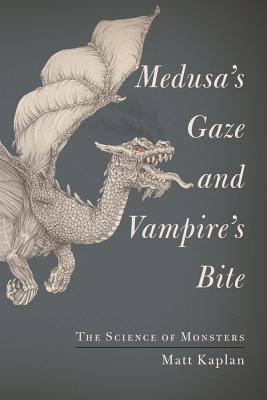- HOME
- INTRO TO THE FORUM
- USE AND MISUSE
- BADLY WRITTEN, BADLY SPOKEN
- GETTING
TO KNOW ENGLISH - PREPARING FOR ENGLISH PROFICIENCY TESTS
- GOING DEEPER INTO ENGLISH
- YOU ASKED ME THIS QUESTION
- ADVOCACIES
- EDUCATION AND TEACHING FORUM
- ADVICE AND DISSENT
- MY MEDIA ENGLISH WATCH
- STUDENTS' SOUNDING BOARD
- LANGUAGE HUMOR AT ITS FINEST
- THE LOUNGE
- NOTABLE WORKS BY OUR VERY OWN
- ESSAYS BY JOSE CARILLO
- Long Noun Forms Make Sentences Exasperatingly Difficult To Grasp
- Good Conversationalists Phrase Their Tag Questions With Finesse
- The Pronoun “None” Can Mean Either “Not One” Or “Not Any”
- A Rather Curious State Of Affairs In The Grammar Of “Do”-Questions
- Why I Consistently Use The Serial Comma
- Misuse Of “Lie” And “Lay” Punctures Many Writers’ Command Of English
- ABOUT JOSE CARILLO
- READINGS ABOUT LANGUAGE
- TIME OUT FROM ENGLISH GRAMMAR
- NEWS AND COMMENTARY
- BOOKSHOP
- ARCHIVES
Click here to recommend us!
TIME OUT FROM ENGLISH GRAMMAR
This section features wide-ranging, thought-provoking articles in English on any subject under the sun. Its objective is to present new, mind-changing ideas as well as to show to serious students of English how the various tools of the language can be felicitously harnessed to report a momentous or life-changing finding or event, to espouse or oppose an idea, or to express a deeply felt view about the world around us.
The outstanding English-language expositions to be featured here will mostly be presented through links to the websites that carry them. To put a particular work in better context, links to critiques, biographical sketches, and various other material about the author and his or her works will usually be also provided.
What do you do if Medusa gazes at you or Dracula bites your neck?
“What if there’s something out there?”
Despite our being steeped in science and rational thinking, most of us still shudder in fear and couldn’t help asking this question when, walking alone on a lonely road deep at night, something rustles in the bush and we instantly imagine that it’s a horrible creature about to pounce on us. The cultural and psychological basis for this reflex is the subject of Medusa’s Gaze and Vampire’s Bite: The Science of Monsters (Scribner, 256 pages), an engaging, open-minded book by science journalist Matt Kaplan on belief in ghosts, ghouls and griffins—the whole lot of supernatural and mythic creatures that have haunted the imagination of people over the centuries.

In the book, Kaplan examines vast swathes of ancient history, literature, folklore, and contemporary popular culture to explain why people have come to believe in such creatures as the Minotaur, the Medusa, dragons, werewolves, vampires, and zombies—then explains what the possible real-life or historical models for them might have been. In tracing the origins of the belief in vampires, for instance, Kaplan traces it to 1100 A.D., during which a historian had documented people claiming that there was an undead creature walking around their town at night.
“…(T)hat’s kind of the beginning point of the vampire legend,” Kaplan says in an interview with NPR.org. “And there’s a lot of fear associated with disease that seems to be connected to that early creature. There were tuberculosis epidemics. People would die. They would get buried, and their loved ones would go and see them before they were buried, and then of course 10 days later they would catch the disease.”
Read the NPR interview with Matt Kaplan about The Science of Monsters now!
ABOUT THE AUTHOR:
Matt Kaplan is a science journalist who regularly contributes to National Geographic, New Scientist, Nature, and The Economist and whose writing has also appeared in The New York Times. He travels the wilds of the world as part of a London expedition team.
ANOTHER INTERESTING READING:
In “The Passion of Lew Wallace,” an article that appeared in the March 26, 2013 issue of Slate.com, John Swansburg relates the story of how Lew Wallace, a disgraced Civil War general in the United States, came to write Ben Hur: A Tale of the Christ, which was to make him one of the best-selling novelists in American history. Wallace wrote Ben Hur after a long train ride listening to prominent atheist Robert Ingersoll, who, he recalled, “vomited forth ideas and arguments like an intellectual volcano… (going) over the whole question of the Bible, of the immortality of the soul, of the divinity of God, and of heaven and hell.”
Read John Swansburg’s “The Passion of Lew Wallace” in Slate.com now!






